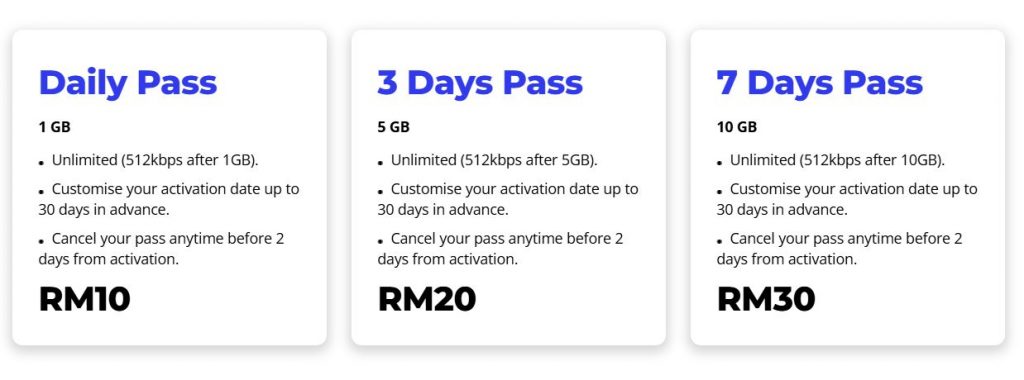If you need to write hundreds or maybe even thousands of product descriptions or copywriting takes up a large part of your working day. You might be interested to know that the power of artificial intelligence can be used to help you add extra creativity, articulation and more to your copywriting assignments, projects and tasks.
Copywriting is the art and science of crafting written content for the purpose of advertising, marketing, or other forms of promotion. The primary goal of copywriting is to persuade the reader, listener, or viewer to take a specific action, such as purchasing a product, signing up for a service, or engaging with a brand in some way. Here are some key points about copywriting:
- Purpose: Unlike editorial or journalistic writing, the primary objective of copywriting is to drive a desired outcome, typically related to business growth or brand engagement.
- Mediums: Copywriting can be found across various mediums, including websites, emails, brochures, advertisements (both print and digital), sales letters, social media posts, and more.
- Tone and Style: Depending on the brand and the target audience, copywriting can take on various tones, from formal and professional to casual and conversational. The tone and style are chosen to resonate best with the intended audience.
- SEO Copywriting: With the rise of digital marketing, copywriting often involves optimizing content for search engines. This practice ensures that the content ranks higher on search engine results pages, making it more likely for potential customers to find it.
- Research: Good copywriting often requires extensive research to understand the product or service being promoted, the target audience’s needs and preferences, and the competitive landscape.
- Psychological Techniques: Copywriters often employ psychological triggers and principles, such as urgency, scarcity, social proof, and storytelling, to make their copy more compelling and persuasive.
- Revision and Testing: The copywriting process often involves multiple revisions. In digital marketing, variations of copy might be A/B tested to determine which version resonates more with the audience and drives better results.
In essence, copywriting is a crucial component of effective marketing and branding. A skilled copywriter can convey the value of a product or service in a way that resonates with the target audience, compelling them to take the desired action.
In today’s competitive marketplace, businesses often find themselves managing extensive product portfolios that necessitate the creation of hundreds, if not thousands, of unique and compelling product descriptions. For professionals in the e-commerce, marketing, or advertising sectors, the task of crafting these descriptions can be both time-consuming and mentally exhausting. Moreover, if you’re someone for whom copywriting constitutes a significant portion of your daily responsibilities, the challenges only multiply.
Using ChatGPT to improve your copywriting skills
Check out the video below providing a method designed to boost conversions and revenue, proving to be a game-changer for businesses and marketers alike. The beauty of this approach outlined in the video below and kindly created by The AI Advantage lies in its adaptability. It can be applied to any form of text, be it an email, a social media post, or a sales page, and can be used to elicit a specific action from the reader, such as making a purchase or subscribing to a newsletter.
Other articles you may find of interest on the subject of ChatGPT and productivity :
Copywriting areas AI can be useful
Brainstorming Ideas: The initial phase of any copywriting project often requires brainstorming—a process of generating and gathering potential ideas. If you’re grappling with where to initiate, ChatGPT can serve as a brainstorming partner. Feed it keywords, target demographics, or a succinct description of your product or service. In response, ChatGPT can churn out a plethora of concepts, angles, or hooks that could provide the foundation for your promotional content.
Drafting Copy: Starting with a blank canvas can be intimidating. ChatGPT acts as a handy assistant by taking your product or service descriptions and transforming them into a preliminary draft. Although this initial rendition might require some tweaks and refinements, it can significantly reduce the time spent staring at a blank screen and jump-start the creative process.
Headline Creation: The significance of a captivating headline cannot be overstated—it’s often the first point of interaction with potential customers. ChatGPT, with its vast linguistic database, can generate a range of attention-grabbing headlines tailored specifically to the nuances of your product or service, ensuring that first impressions count.
Feedback on Existing Copy: Sometimes, all you need is a fresh pair of eyes to review and critique your work. Share your drafts with ChatGPT to obtain constructive feedback. Whether it’s enhancing clarity, suggesting improvements, or offering alternative phrasings, ChatGPT can be an invaluable second opinion to ensure your copy is impactful.
Tailoring Copy for Different Audiences: Audience segmentation is a cornerstone of modern marketing. Different demographics have varying needs, preferences, and pain points. ChatGPT can assist by taking a standard piece of copy and adapting its language, tone, and focus to resonate deeply with distinct audience groups, ensuring maximum engagement.
SEO Optimization: In the digital age, visibility on search engines can make or break a campaign. While ChatGPT might not have access to real-time search data, its foundational knowledge on SEO best practices can guide you. From keyword placement to content structure, it can offer insights to make your copy more search-engine friendly.
A/B Testing Suggestions: Optimizing copy for maximum impact often involves testing variations to see which resonates best. ChatGPT can generate multiple renditions of a single piece of copy, facilitating A/B testing. By comparing performance metrics, you can determine the most effective phrasing for your audience.
Overcoming Writer’s Block: Every writer, no matter how experienced, occasionally hits a creative wall. In such moments, ChatGPT can be a lifeline. By suggesting new angles, providing prompts, or simply offering a different perspective, it can reignite the creative spark and help you move past blockages.
Translation and Localization: The global marketplace demands content that speaks to diverse cultures and languages. While ChatGPT isn’t a substitute for specialized translation services, it can provide basic translations. More importantly, it can offer insights on cultural nuances, ensuring your copy doesn’t just translate, but truly connects with international audiences.
Tone and Style Adjustments: Brands, like people, have unique voices—some are formal, others casual; some humorous, others authoritative. ChatGPT can modulate the tone and style of your copy to align seamlessly with your brand’s identity, ensuring consistency and authenticity in every piece of content.
So, if you’re seeking a way to elevate your copywriting assignments, projects, and tasks, it’s time to consider the formidable capabilities that artificial intelligence brings to the table. With AI as a collaborative tool, not only can you save precious time, but you can also achieve a level of creativity and precision that sets your content apart.
Filed Under: Guides, Top News
Latest togetherbe Deals
Disclosure: Some of our articles include affiliate links. If you buy something through one of these links, togetherbe may earn an affiliate commission. Learn about our Disclosure Policy.




